Our Latest News- September 16, 2024
Lixouri Field Station
Nests are quickly disappearing across the Lixouri beaches as hatching season is well underway. During the last two weeks, 30 nests have started hatching, keeping the volunteers very busy on morning surveys. 55 inventories have been conducted during this period, finishing 37 nests and helping 750 hatchlings into the sea. Now there are only 27 nests remaining, from the total of 175 nests laid this year!
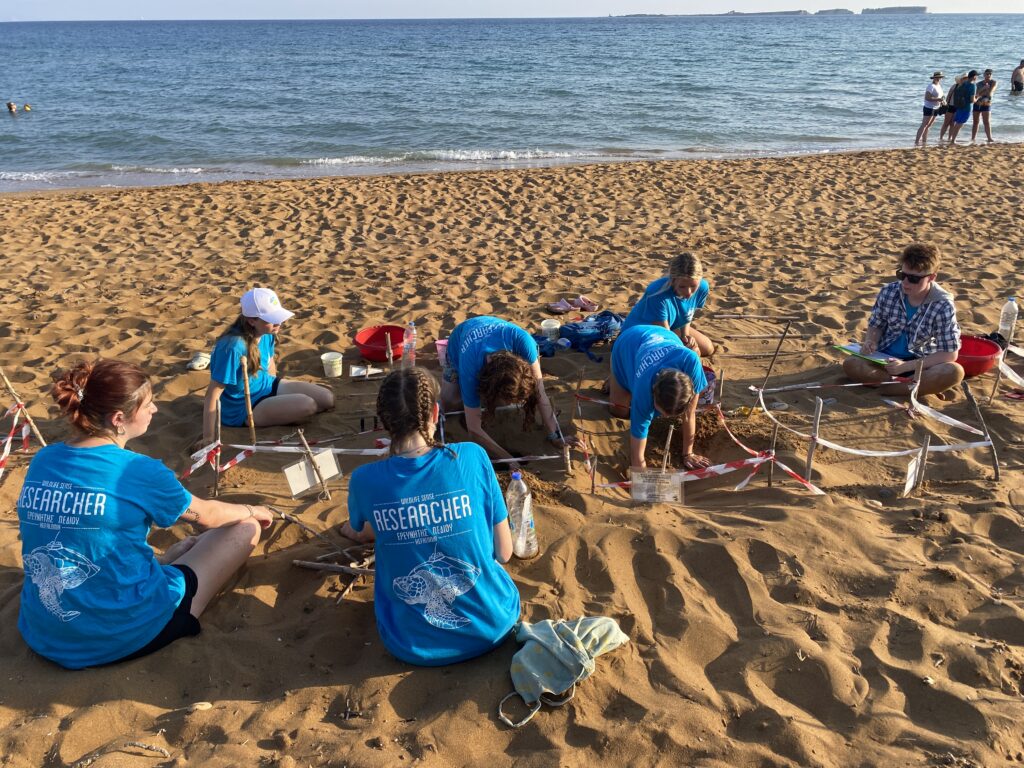
There have also been plenty of surprises for the volunteers on morning survey shifts, with 3 FBH’s (nests Found By Hatching) discovered in the past fortnight, further increasing our total nest count in an already record-breaking year for the Lixouri area! Two of these nests were in locations known to be affected by light pollution, and hatchling tracks indicated that the lights did disorientate the hatchlings that emerged from these nests, although they luckily all found their way back to sea in the end. This highlights the importance of nest relocations in areas affected by high levels of light pollution, to ensure that hatchlings can make their way directly to sea.
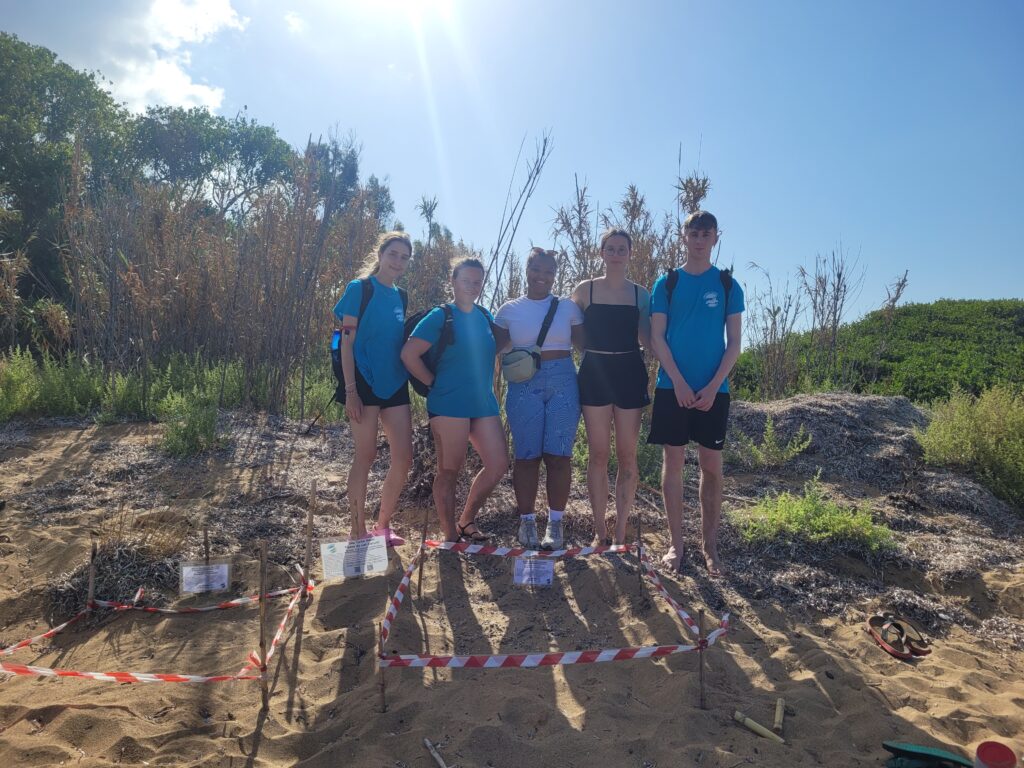
On 29 August we were informed about a dead turtle sighted a few kilometers north of Lixouri. This turtle was a tagged male, named Archie. The cause of death is unknown, but the death of a large male of reproductive age is a great loss to the turtle population around Kefalonia.
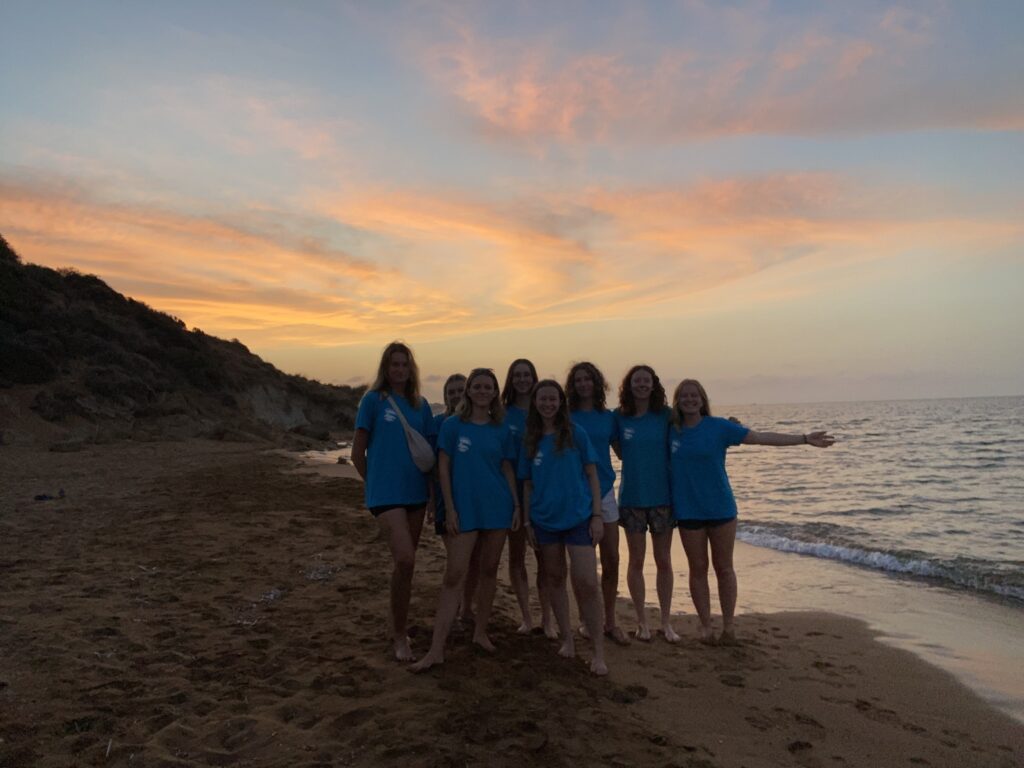
Skala Field Station
On Thursday we said goodbye to another group of volunteers who have done some excellent work over the past two weeks. As September begins, we have experienced an uptick in the number of storms in the area- these have continued to alter the profile of the beaches in the Skala area as outlined in the previous news article. However, the weather continues to be warm and sunny for the most part, which our volunteers are making the most of in their free time!
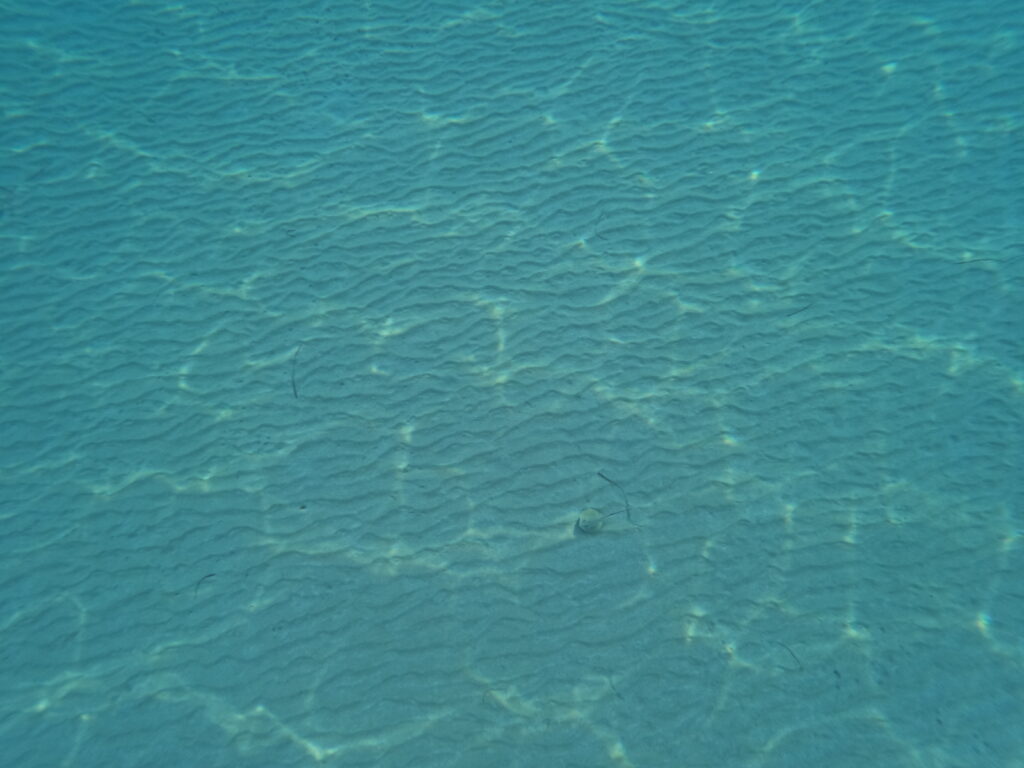
Progress on our map of the condition of the Posidonia oceanica is strong, with the bulk of both Skala and Mounda Beach being covered. We have been building this map up over the course of the season and will be able to compare and contrast it to the data we have from the past two seasons. Our volunteers have really enjoyed engaging with the photo classification of the Posidonia, as well as the snorkel surveys themselves. During their snorkel shifts, they encountered a variety of marine species, even spotting an eagle ray. They have also thoroughly enjoyed snorkelling in the local area in their free time.
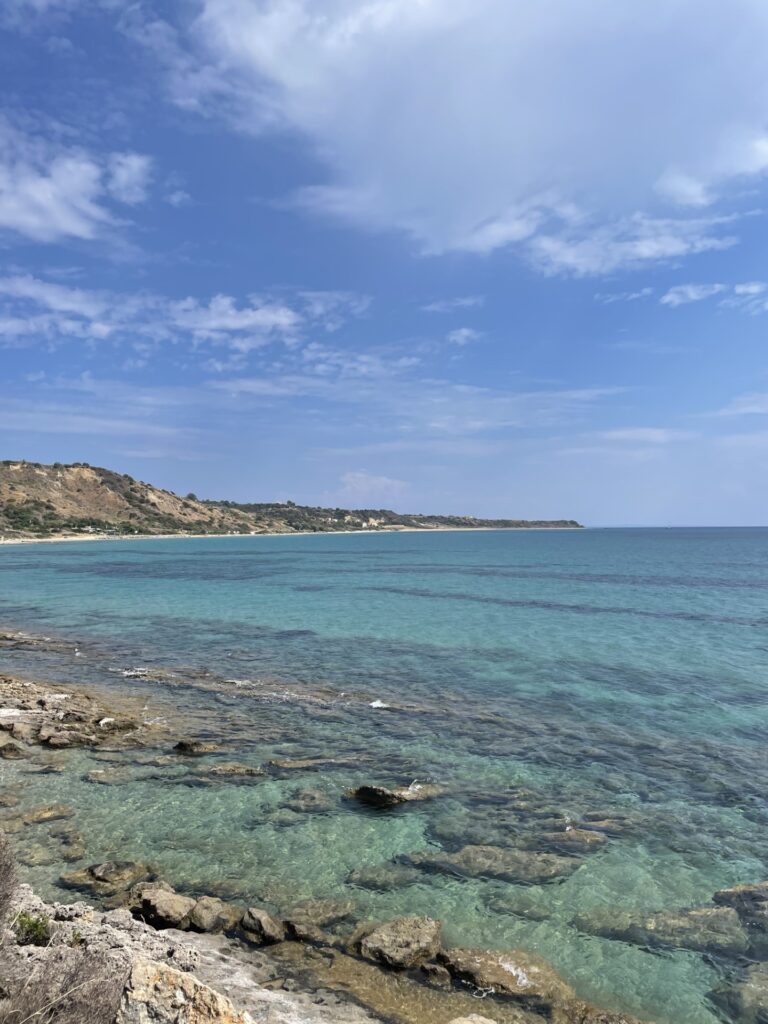
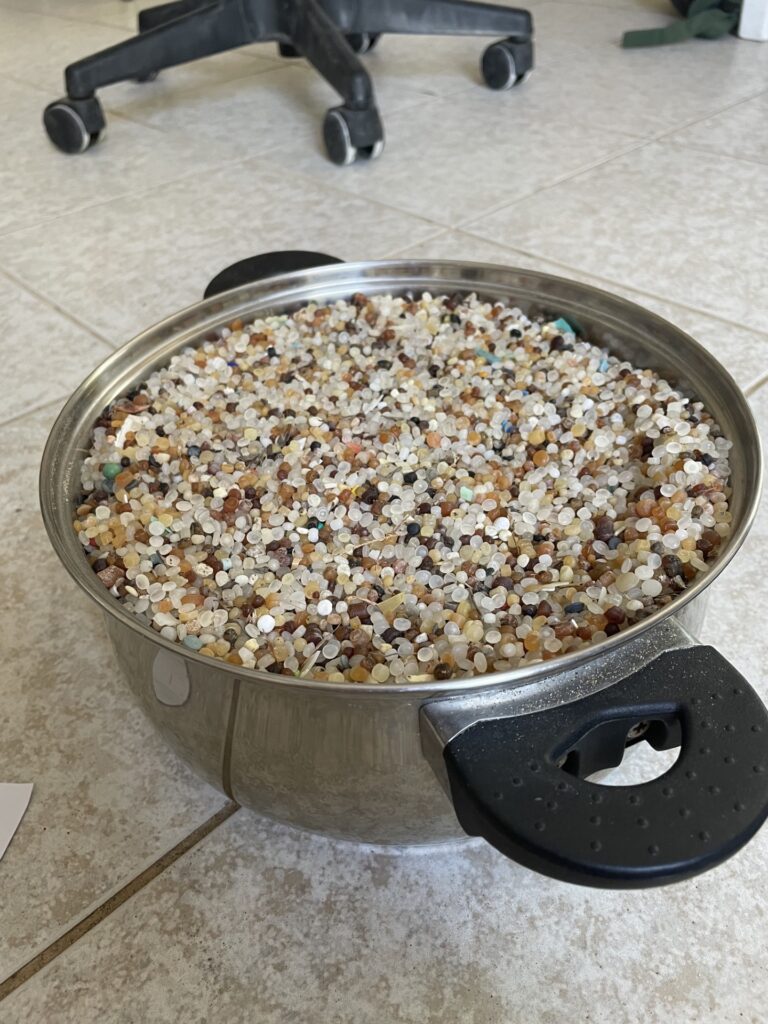
Over their 2 weeks with us, the previous group of volunteers collected a record 503.3g of microplastic nurdles from Mounda Beach which brings our total to 2,238g! Microplastics have been shown to increase the temperature of the sand which has an impact on turtle nests, as the sex of the hatchlings is dependent on the temperature of the sand. Nests incubating below 29 degrees Celsius will be more likely to have male hatchlings and nests above 29 degrees will be more likely to have female hatchlings.
Svoronata Field Station
What a month August has been! Svoronata has braved the “survey storm”, travelling across the island to unexplored areas. Our team ventured once again to Livadi to conduct not only a bird survey but also undergo the area’s first Snorkel survey. Our efforts uncovered rich layers of Posidonia, a vital sanctuary for our lovely loggerheads! Whilst at the wetlands, we saw the famous Livadi flamingo, earning the coveted award of our “BIRD OF THE WEEK”!
Our snorkel surveys extended to Lassi, tapping into the lush seagrass beds at Kalamia. During this, our volunteers were thrilled to spot a green turtle! We work to plot this data onto QGIS to map the types of Posidonia within our waters. Our work this season has seen the “great corridor” from Ammes to Kalamia connected, allowing us a great picture of the seagrass across Kefalonia!
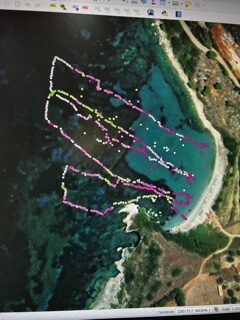
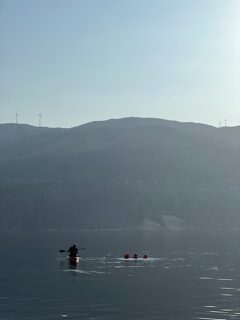
Mission of the month: Lourdas. The “night ninjas” have returned for our light pollution surveys, as well as measuring Lourdas Beach’s profile during the day. Our ability to monitor and survey areas further away supports the efforts of our sister bases, creating a greater picture of our data island-wide.
The dunes on Megali Ammos are vital to protecting this great nesting and hatching beach. The end of the month also brings the mapping of these great dunes, as our final survey uncovered a new plant to our roster, the “rock samphire”!
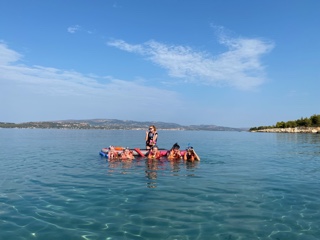
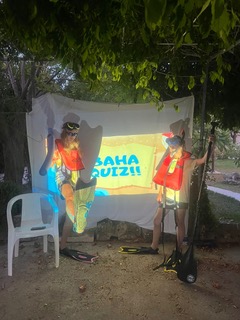
The fun doesn’t stop there! This week has been packed with activities, ranging from beach Olympics and the “baha-quiz” as the two houses of “Posidonia Palace” and “Pearl’s Place” battle for victory. House leaders of “Nepture” (Orla) and “Nurdles” (Jess) continue this great rivalry into September!
Lourdas Field Station
Hatching season is racing by in the Lourdas area. We have now fully inventoried over 56 nests leaving 18 protected nests on Kanali and 3 late nests relocated to Megali Ammos.
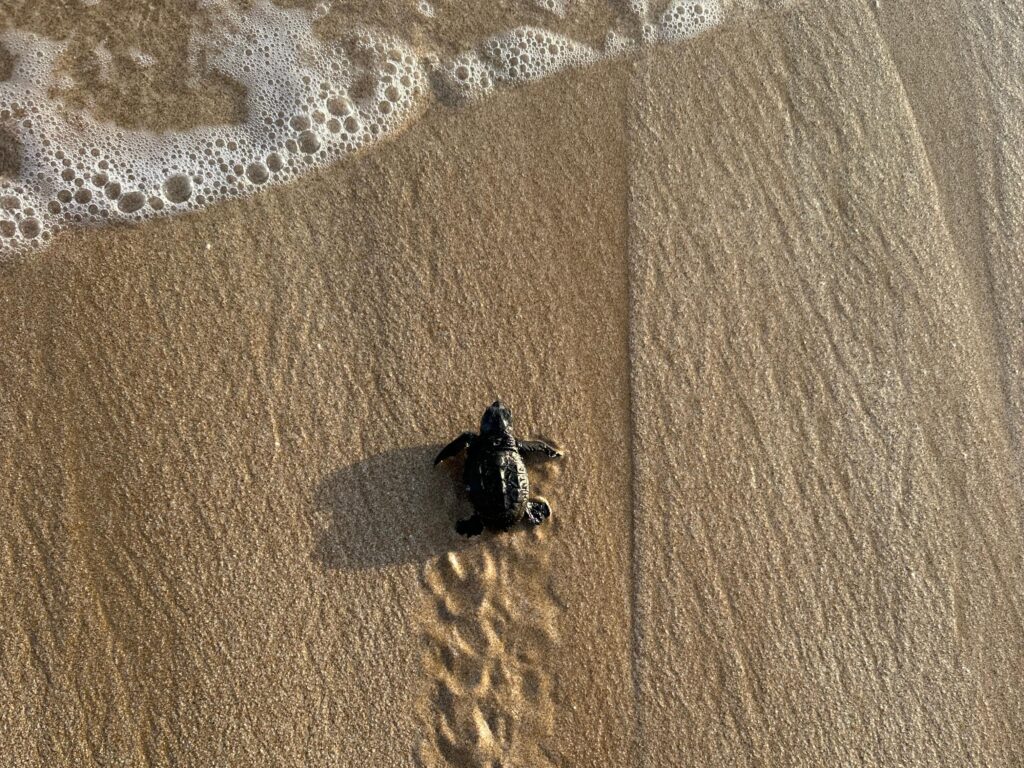
The Lourdas team have been busy with inventories and hatchlings, helping over 292 hatchlings to sea within the last two weeks. During inventories, the team have been fortunate enough to meet many members of the public who have been extremely respectful and helpful. During one particular public inventory, we had the pleasure of meeting Madison McKenzie from South Africa. Madison had a genuine interest in learning about the turtles and was great at helping the hatchlings. She also took fabulous photographs, even naming one of the hatchlings ‘Flips’. Hopefully, we will meet Madison again one day in the near future!
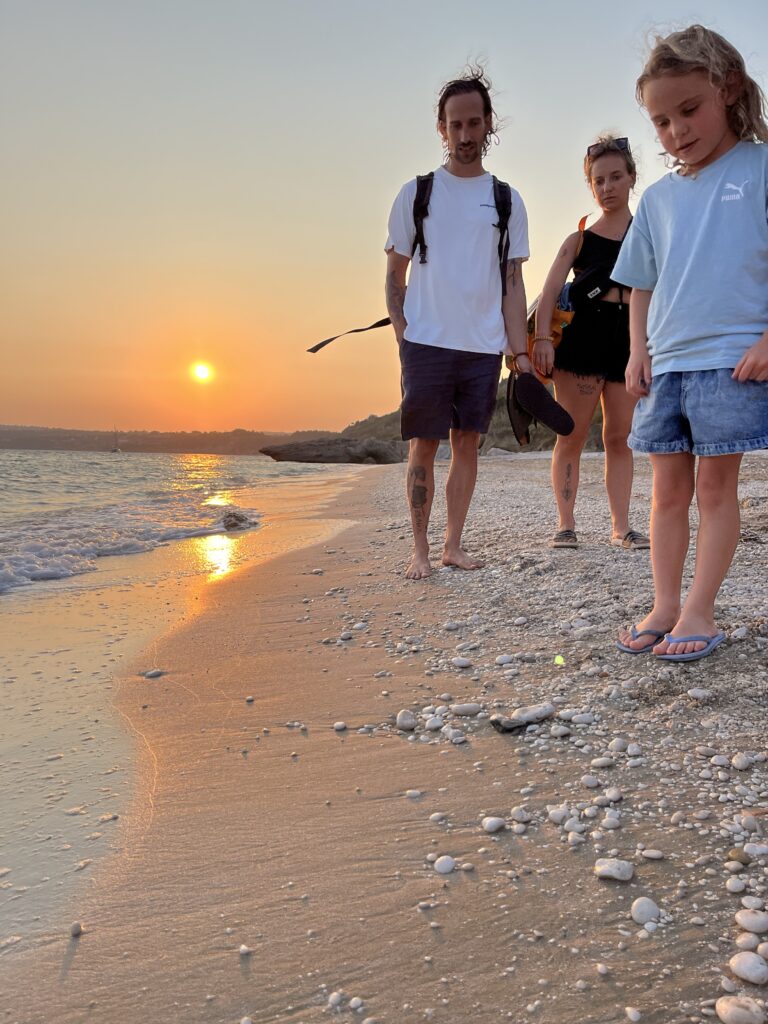
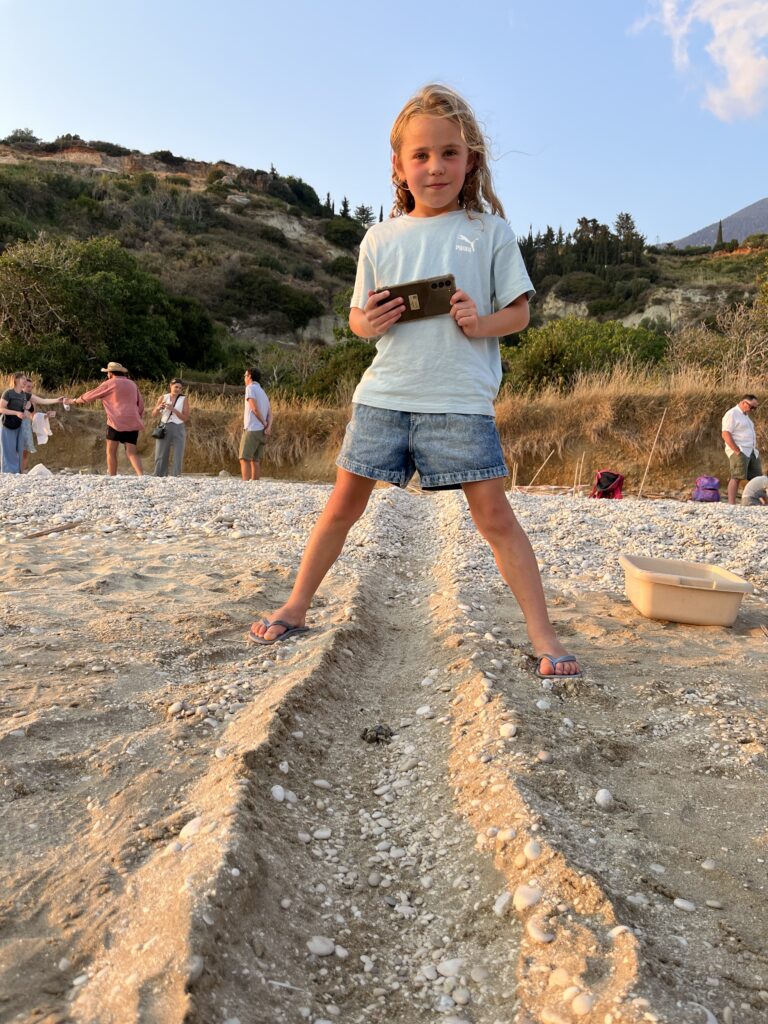
The turtles like to keep us on our toes, with one morning on Kanali the team found another FBH (a nest found by hatching). The teams spent the morning digging after investigating the hatching tracks and previous photographs of possible emergences the nest could be from. We were all very surprised to find the nest had been laid within an area of bamboo. This now takes the total of FBH’s to 4 in the Lourdas area and a total of 77 nests altogether!
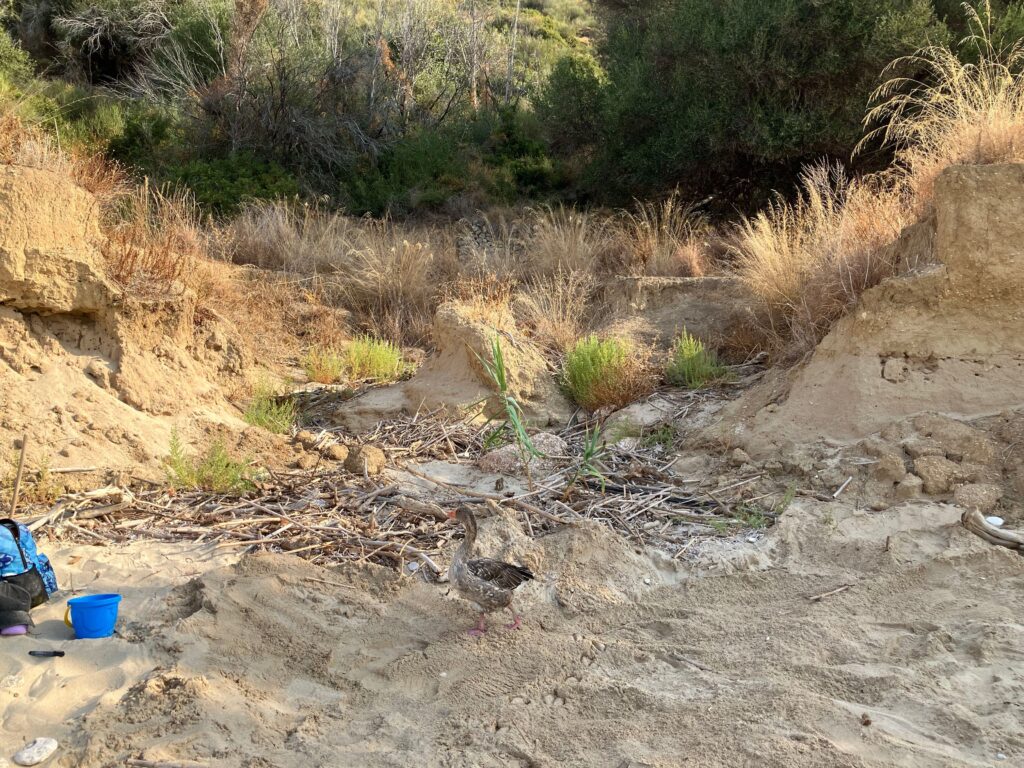
The recent stormy weather and rain have meant that we need to look carefully at the protected nests. After the sand has been rained on it hardens in the sun. This means the sand at the top of the nest can be very hard and compact for hatchlings to emerge from. One morning the team checked a nest and helped a total of 79 hatchlings to sea that were stuck inside their nest. We hope for more settled weather until the end of the hatching season.
Argostoli Field Station
As we move into autumn the Argostoli field station has welcomed the last team members of the season. They have been enjoying the several inventories conducted each week. Not only are the team and volunteers enjoying the inventories, but tourists are always excited about seeing hatchlings and eager to ask questions about the turtles and our work. We post the times for public inventories on our Instagram story (@wildlifesense) so as many people as possible have the chance to see us working and watch the magical event of hatchlings making their way to sea. Due to high hatching success, our total number of nests went down to 17; which is 50 nests less than over two weeks ago. All remaining nests are now on Megali Ammos beach.
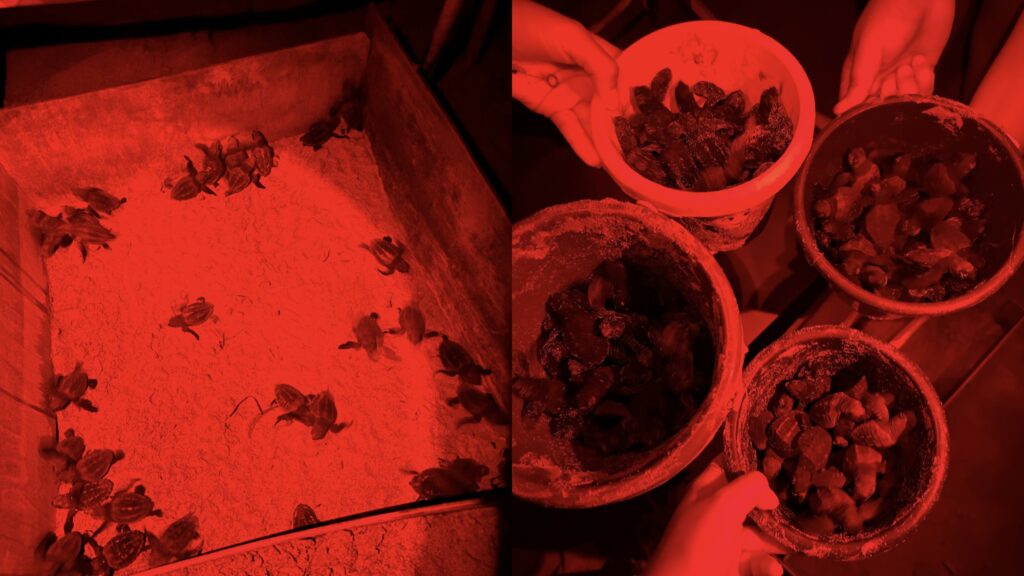
Our volunteers are working day and night to get the hatchlings safely to sea. We released over 3000 hatchlings in the past two weeks. The majority of these got released during our Hatchling Rescue shifts. These shifts involve the volunteers sleeping on the beach and doing nest checks each hour to ensure any freshly emerged hatchlings can make their way to the sea safely. They do this by building a trench for the hatchlings to crawl to the sea themselves. This is an important part of the turtle developmental cycle.
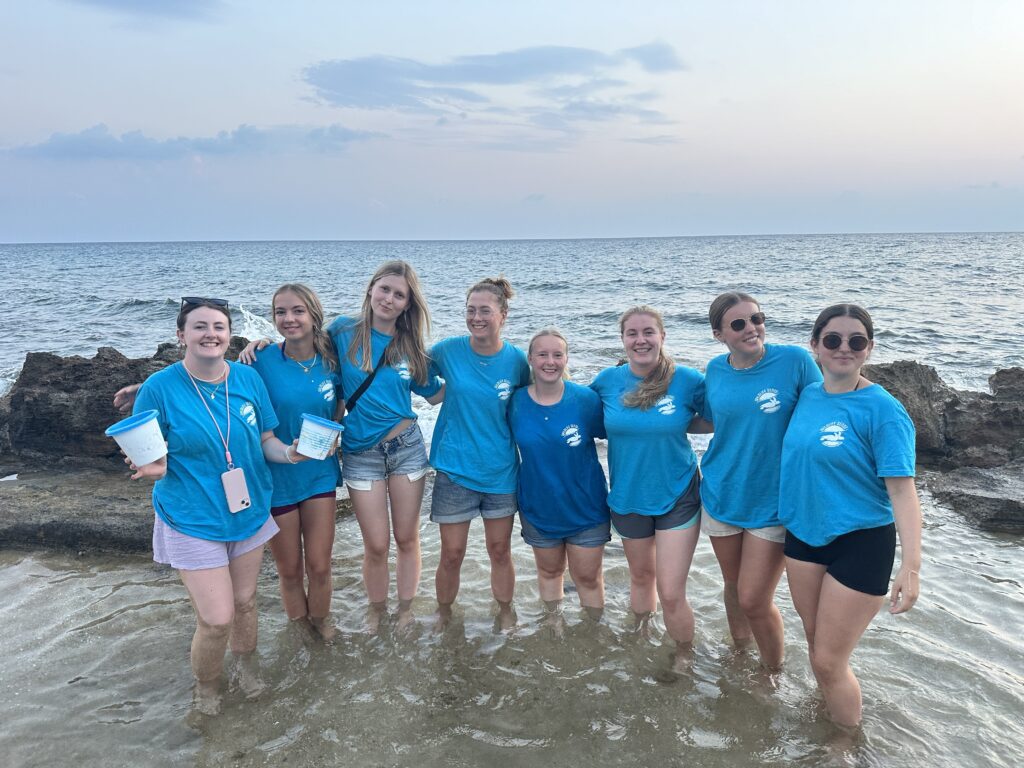
Interestingly, female hatchlings who make it to adulthood will return to this specific beach to nest. Despite our nest numbers decreasing, one of our morning surveys brought a surprise when two of our volunteers spotted hatchlings crawling across the beach and discovered a nest we were previously unaware of. We call this a ‘found by hatching’ event. This nest was inventoried by a team member and had an incredible hatching success rate of 97%.
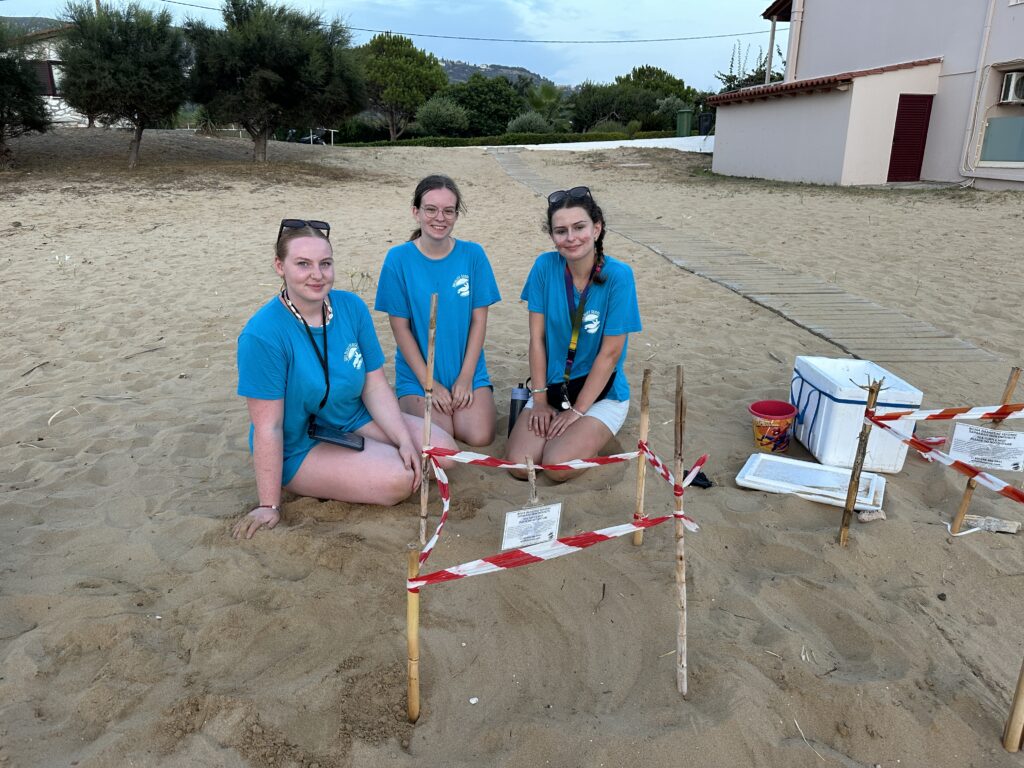

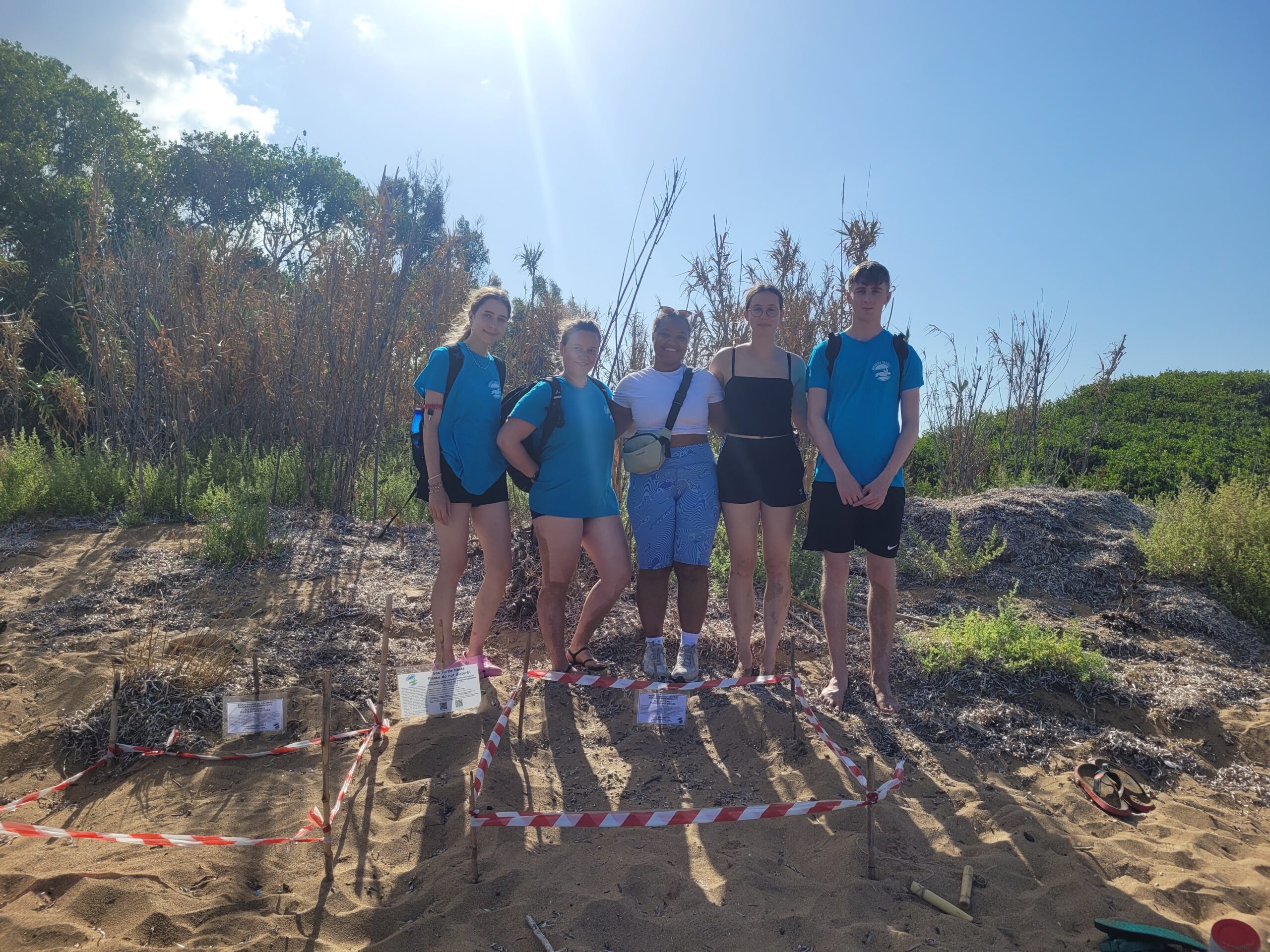

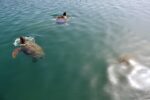
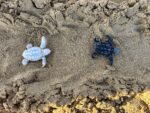
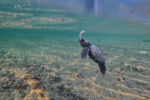
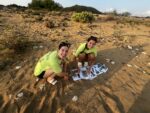
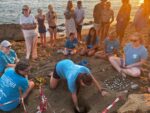
Please can you tell me if you have any release planned for this weeks coming? We watched last year and it was amazing. Would love to see it again,